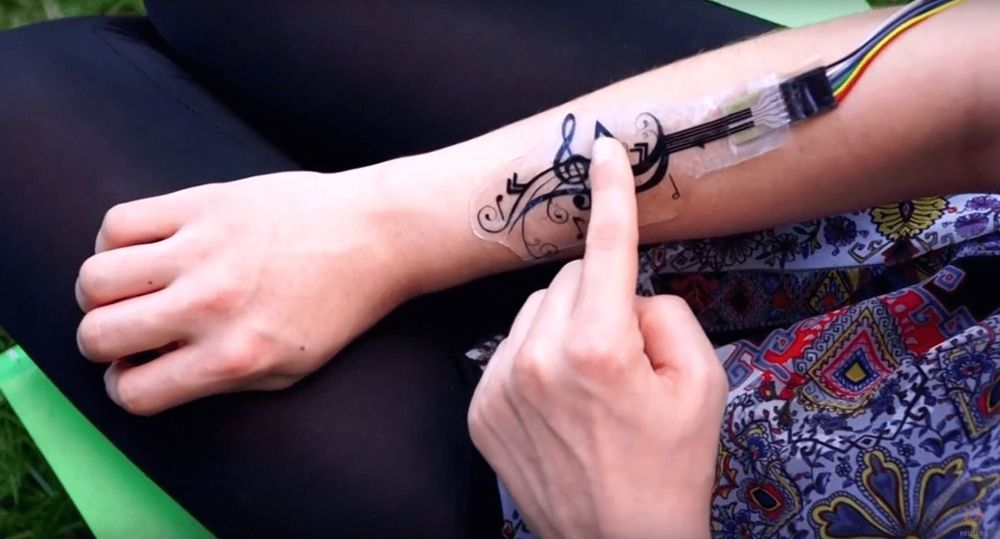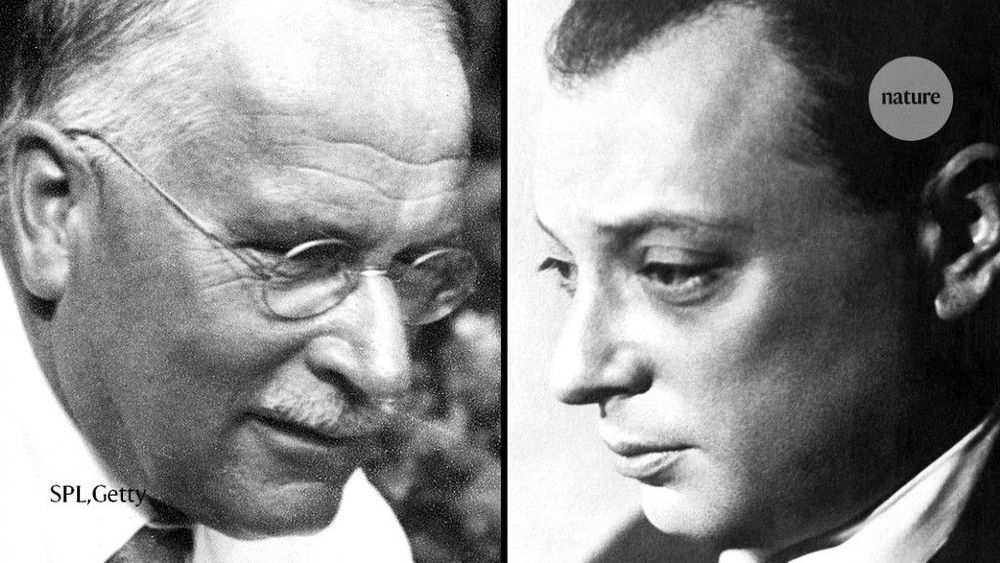Click on photo to start video.
Space station around the Moon!! But when and how?? Watch yourself!! #MoonExploration #SpaceExploration

Click on photo to start video.
Space station around the Moon!! But when and how?? Watch yourself!! #MoonExploration #SpaceExploration
This year’s ceremony was held virtually (thanks, coronavirus), but the fun remained.
🌖 #Artemis partnerships to return lunar dust, and fly science & NASA Technology to the Moon.
🌎 Our NASA Earth missions provide data to aid in wildfire response.
🛰️ New discoveries at asteroid Bennu from NASA’s OSIRIS-REx Asteroid Sample Return Mission.



Circa 2017
One of the more curious challenges in physics is to understand the nature of time. At the microscopic level, the laws of physics are symmetric with respect to time—they work just as well whether time runs forwards or backwards. But at the macroscopic level, processes all have a preferred direction. The great physicist Arthur Eddington called this the “arrow of time.”
Just why this arrow points in one direction but not the other is one of the great scientific puzzles. The standard answer is that the arrow of time follows from the Second Law of Thermodynamics—that disorder, or entropy, always increases in a closed system.
That’s why milk mixes easily in tea but never emerges from a brew, why scrambled eggs never spontaneously unscramble, and why your morning mug of coffee heats your hands as you hold it and not the other way around.


O,.o.
This stunning image captured last year by physicists at the University of Glasgow in Scotland is the first-ever photo of quantum entanglement — a phenomenon so strange, physicist Albert Einstein famously described it as ‘spooky action at a distance’.
It might not look like much, but just stop and think about it for a second: this fuzzy grey image was the first time we’d seen the particle interaction that underpins the strange science of quantum mechanics and forms the basis of quantum computing.
Quantum entanglement occurs when two particles become inextricably linked, and whatever happens to one immediately affects the other, regardless of how far apart they are. Hence the ‘spooky action at a distance’ description.

